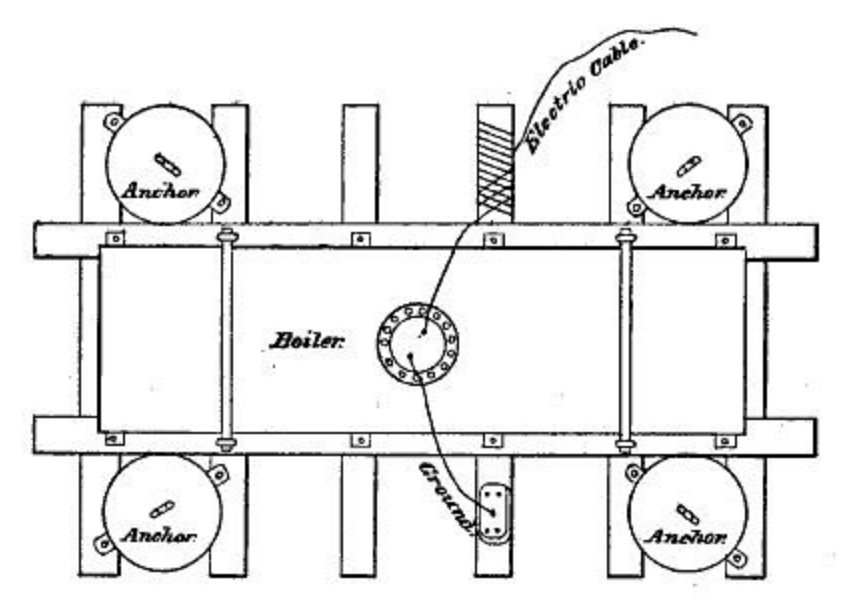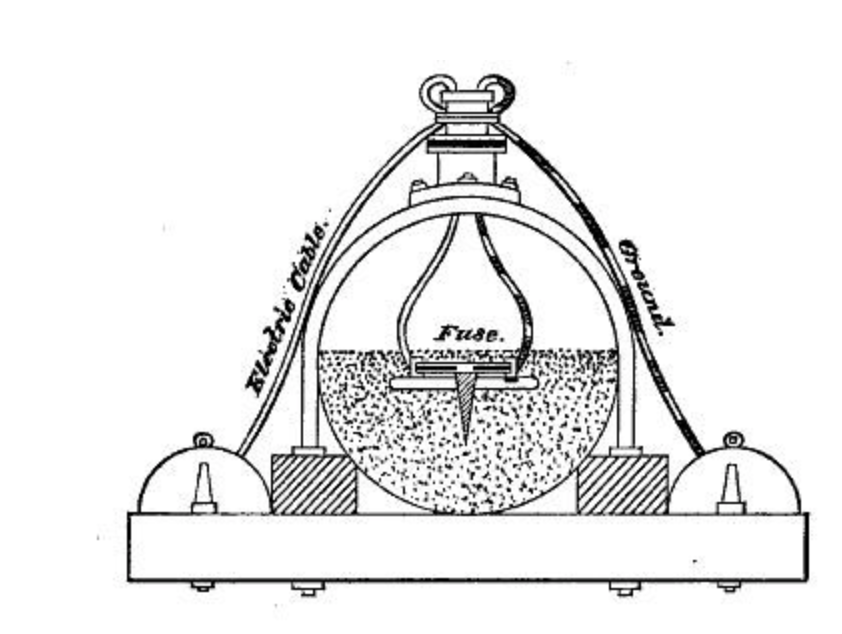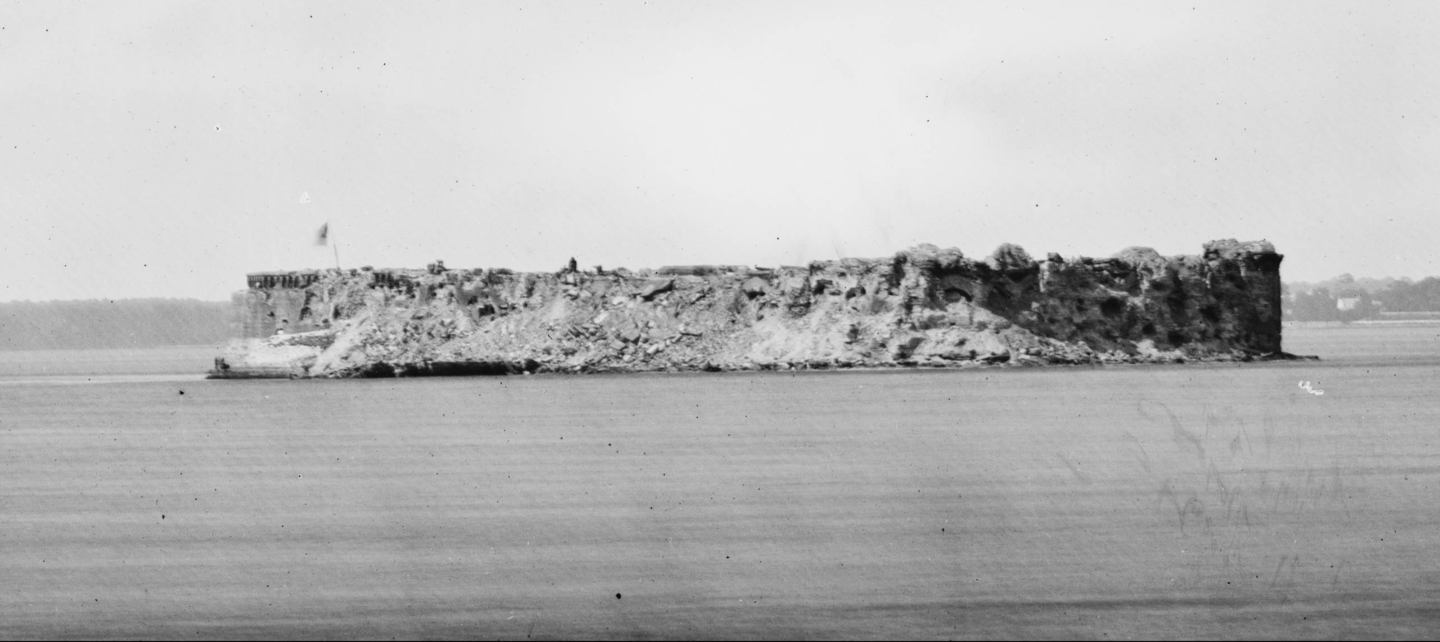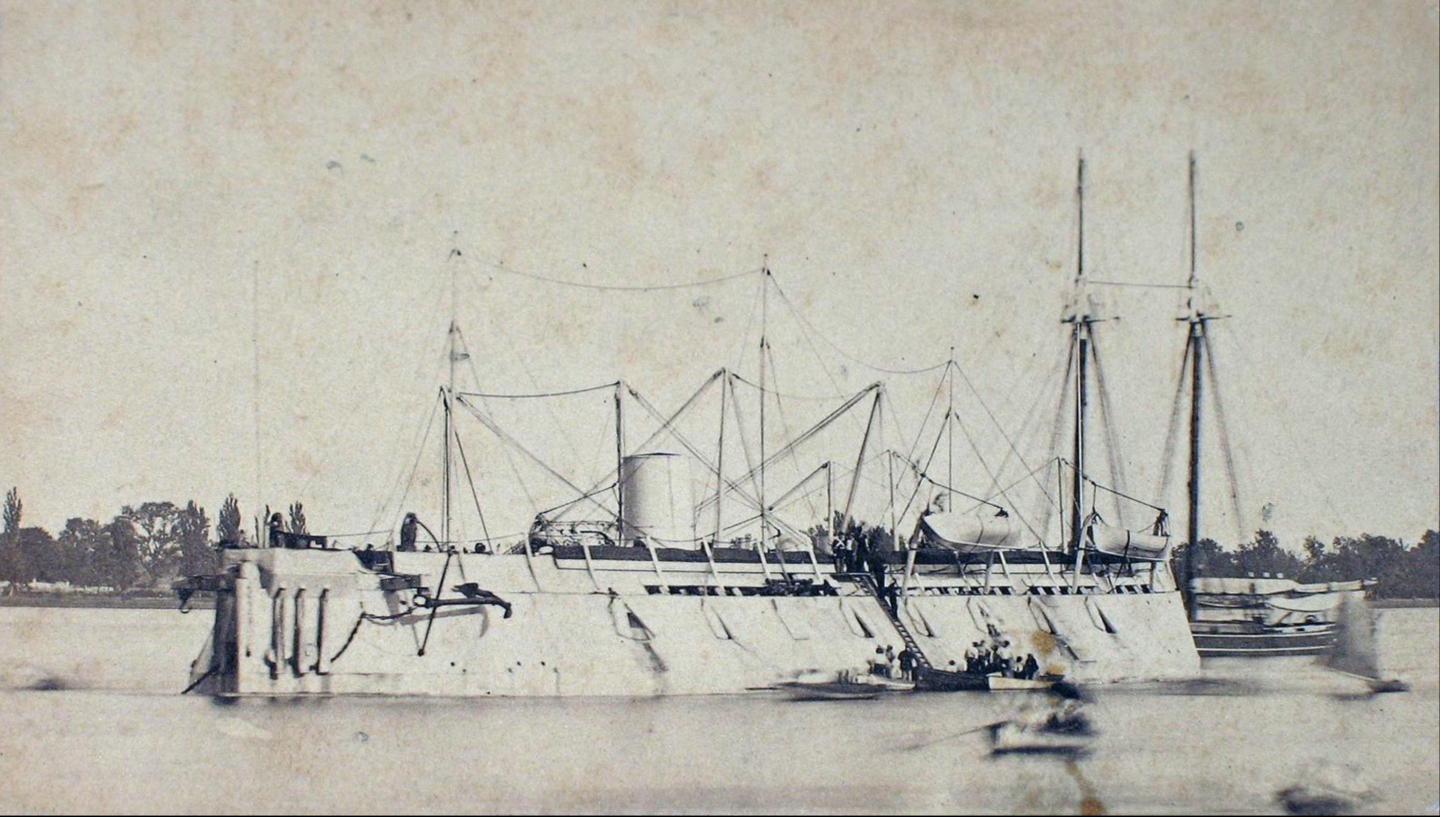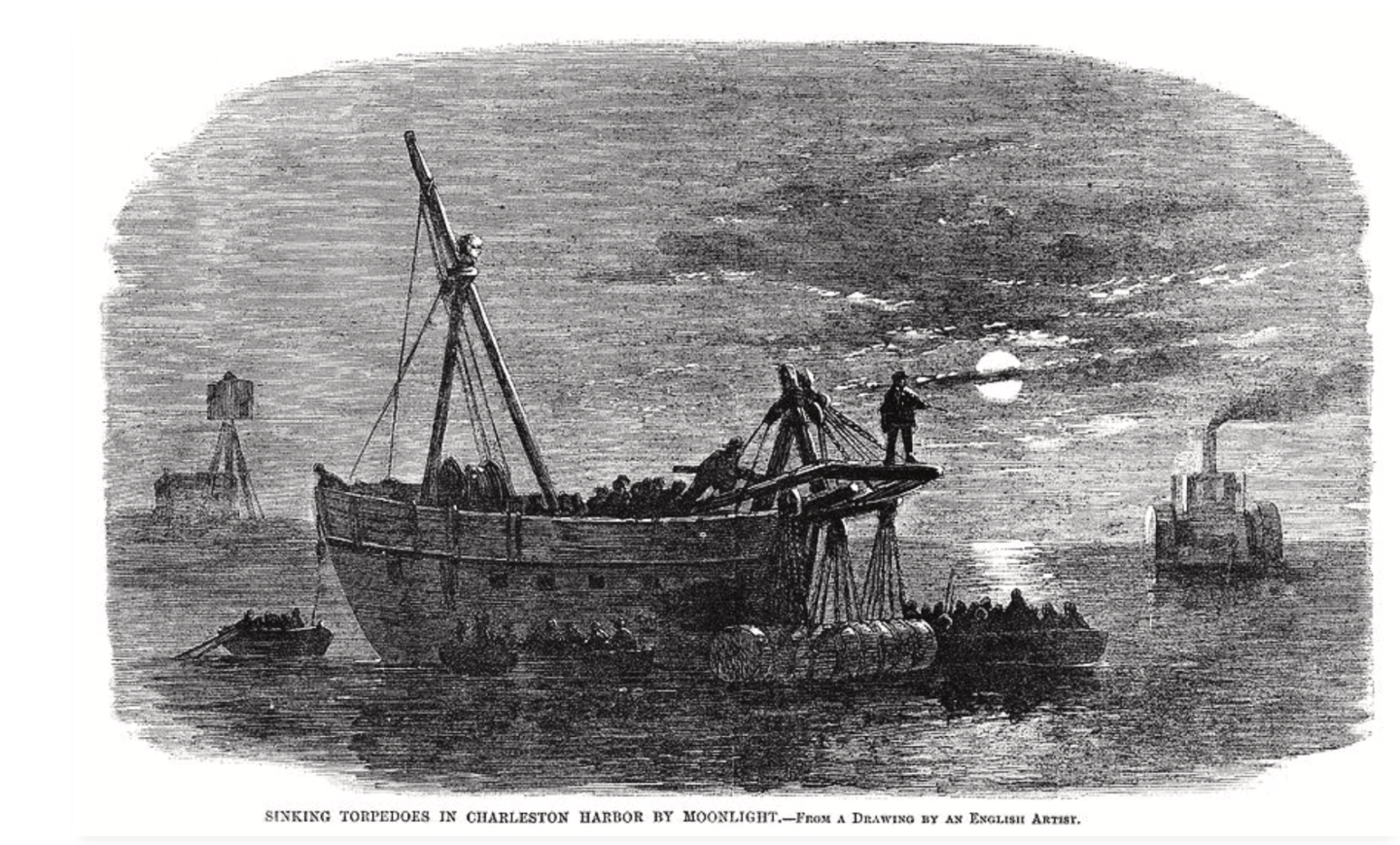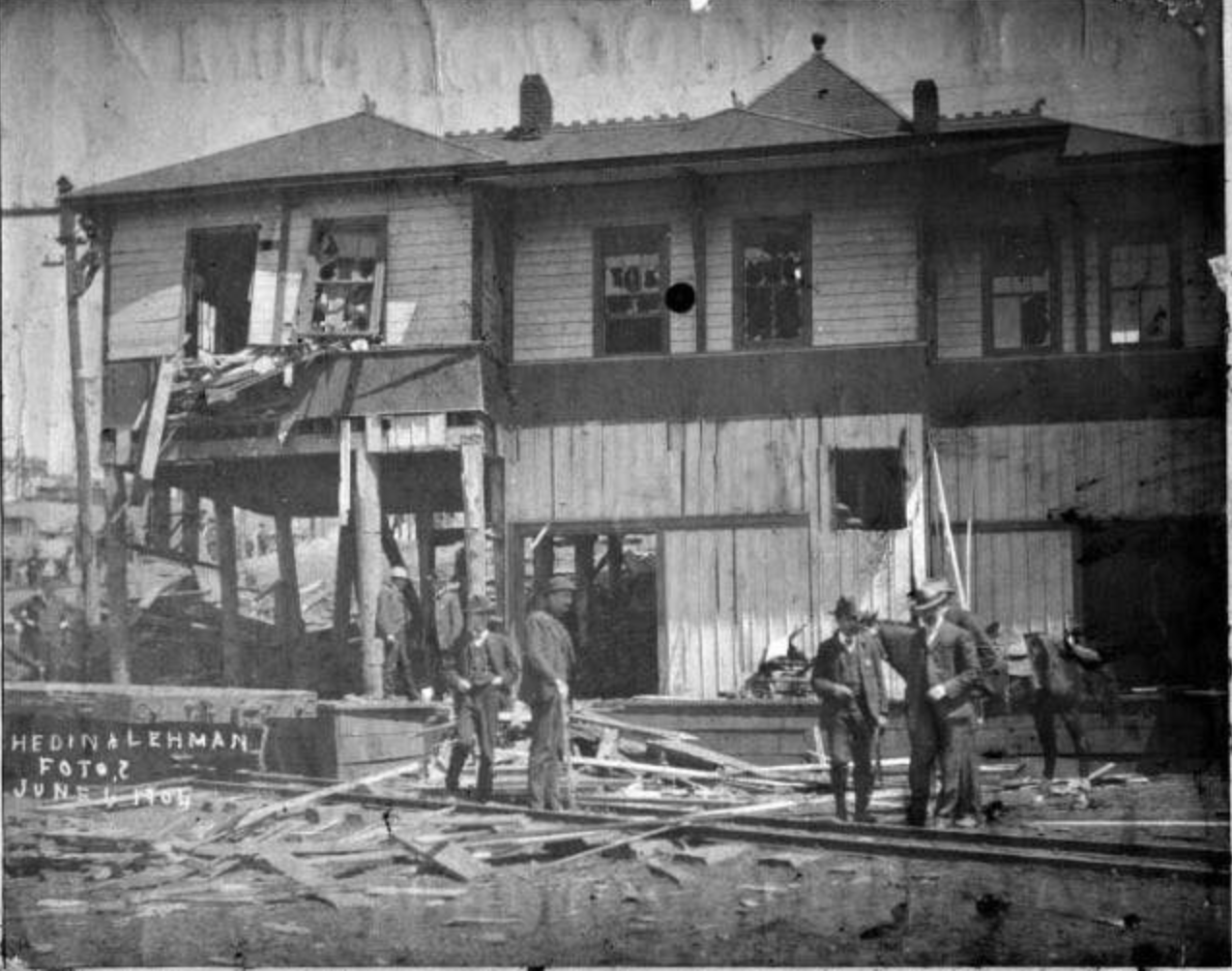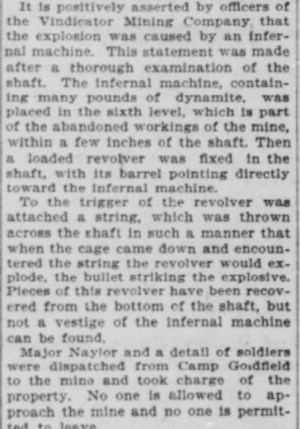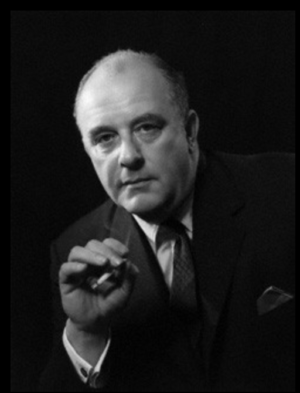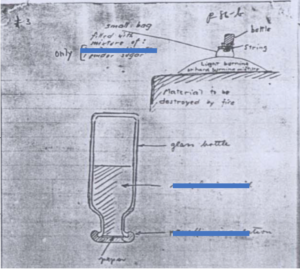I’ve been doing this blog for some time, and vacuuming up data on historical bombing incidents for even longer. For some reason I thought I had done a piece on the Bath School Bombing some years ago – but turns out I hadn’t.
The tragedy of the Bath School Bombing is still with us today – so called “lone-wolf” terrorists with a grievance against society are still with us and that strange focus on schools still perplexes us all. The attack has some technical aspects that are interesting – the bomber emplacing a concealed large device over many weeks, the classic “return to the scene” and the use of a suicide car bomb – an early one.
Here’s the story. In 1927 Andrew Kehoe was a 55 year old single man living in the town of Bath, not far from Lansing in Michigan, USA. His mother had died when he was a child. His step-mother died in a strange accident with a stove and there are allegations that Kehoe or his father may have tampered with that stove. So, he had a troubled childhood. He had in earlier years killed a neighbour’s dog and also a horse that he owned, out of frustration with it. So – an angry man. He later qualified as an electrician which is probably pertinent.
In 1926 Kehoe lost a local election, and this appears to have been the cause of his subsequent acts. He started stockpiling explosives at that time, and also, it seems he undertook various actions to make his foreclosed farm less valuable to its eventual owners – he cut all the wire fencing, killed the trees and killed his grapevines. His wife, Nellie, suffered from tuberculosis and this further strained his finances. At the time of the attack she was chronically ill.
It seems Kehoe’s plan was to punish the community that rejected him – and that the school, (which he objected to paying taxes to support) was as good a representative of the community as he could find. Indeed he was employed by the school as a temporary electrician at one time, so knew the layout and access to the school buildings. Kehoe bought explosives from farm suppliers in small batches over many months and after the incident, police came to the conclusion that more dynamite was stolen by him from a bridge construction team some time earlier.
On May 16, his wife Nellie was discharged from hospital and some time later was murdered by Kehoe. He set a number of incendiary devices in the home and its outbuildings. These were initiated at 0845 on 18 May. At about the same time, a timed explosive device detonated underneath the North wing of the school where the device had been hidden in the basement. The device was timed with an adapted alarm clock. 38 people were killed in the explosion – mostly children. Lessons had started 15 minutes earlier.
At about 0915, Kehoe arrived at the bomb site in his Ford truck. He summoned over the police chief, Superintendent Emory Huyck. There was a brief struggle over a rifle and then the truck itself exploded, killing Kehoe, the Police Chief, a local man, and a child who had survived the first explosion. Another man died later from injuries caused. It appears that additional shrapnel had been piled on the back seat on top of a charge of dynamite. I think there is little doubt that this was in effect a suicide VBIED. Investigation at his home found the body of his wife and also two dead, hobbled horses , feet tied with wire, in a burnt-down stable.
During the follow up to rescue injured children another 500 pounds of explosive was found in the basement under the South wing of the school. It had failed to detonate, but was also attached to a timer set to switch at 0845. Here’s photo of the recovered explosives.
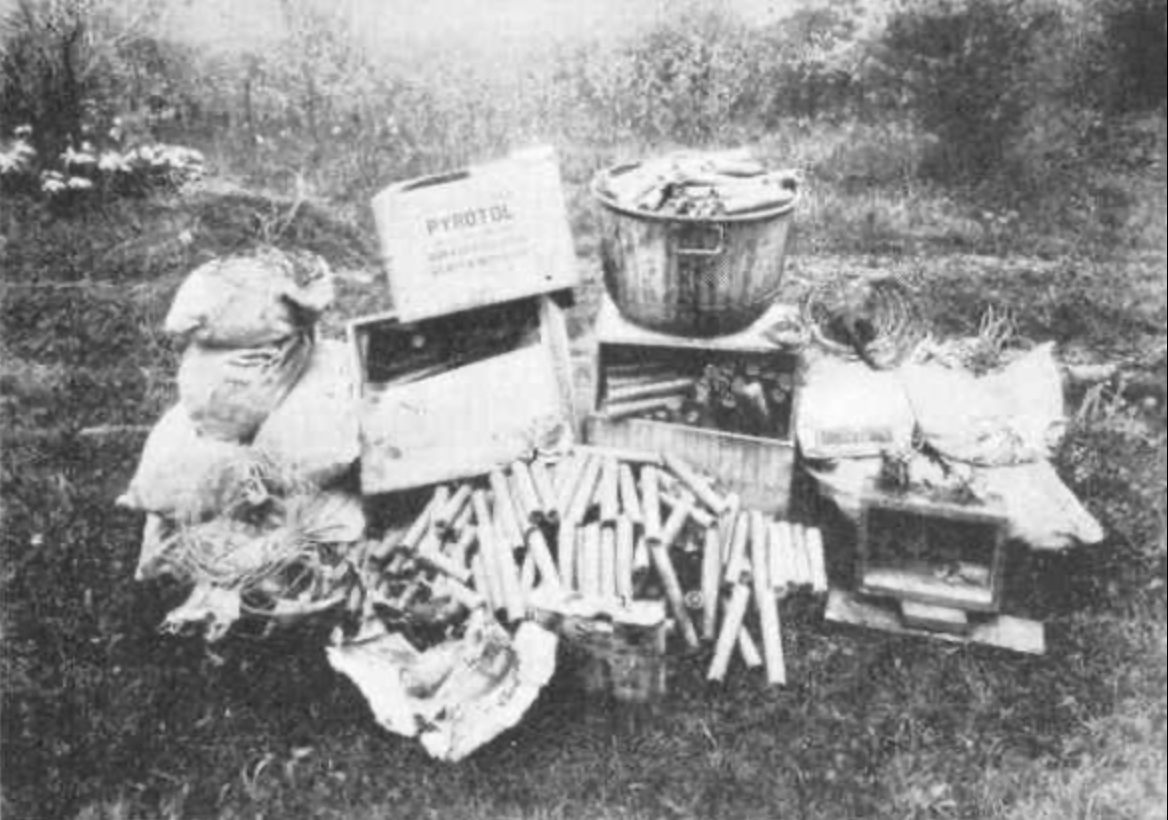
After the events investigators found this sign attached to the Kehoe property gate, presumably attached there by Kehoe himself.
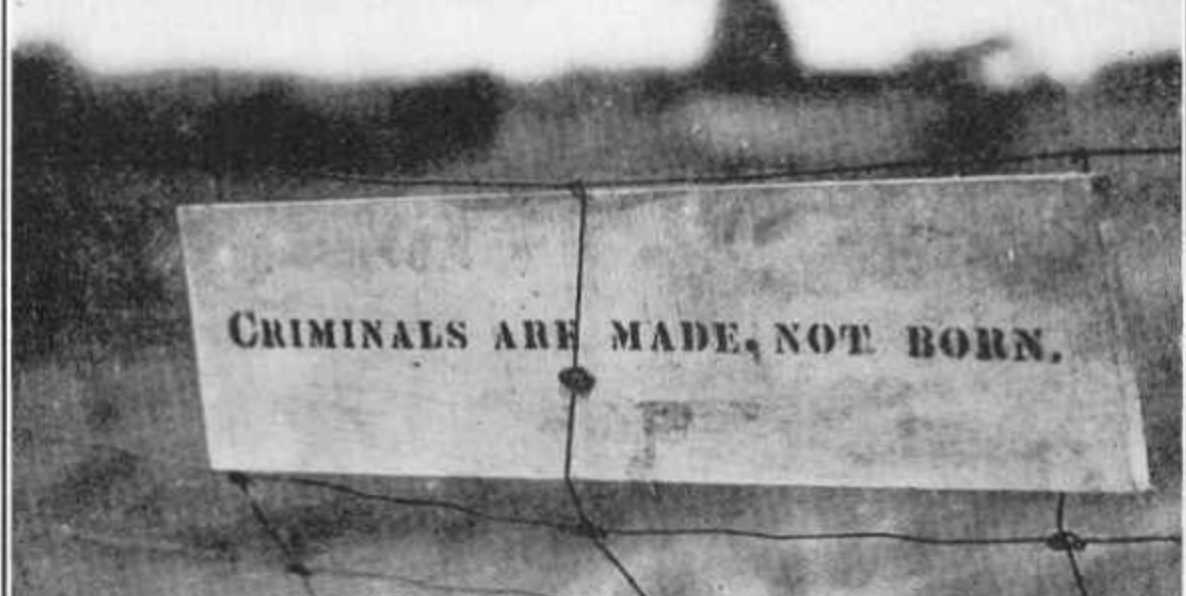
This sad tale suggests that lone bombers are not solely modern phenomena. Easy access to explosives enables such acts, and the technology is “easy”. The strained mental health of potentially violent people remain issues today.
(All images public domain)

